Shixiong Xia
Video Object Segmentation and Tracking: A Survey
Apr 26, 2019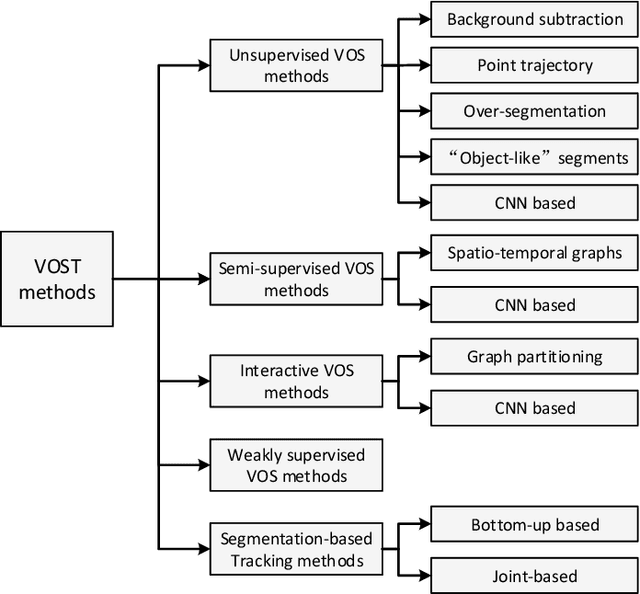
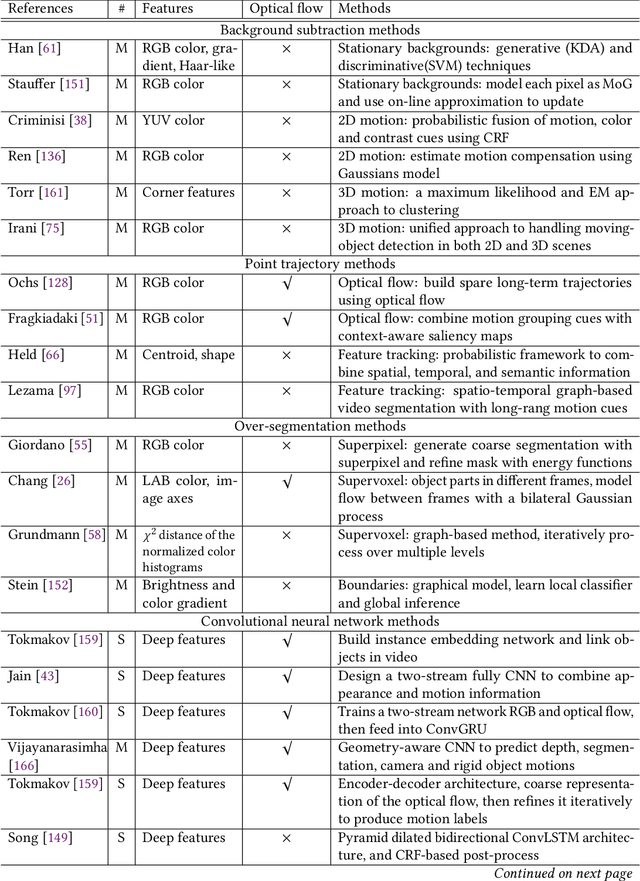
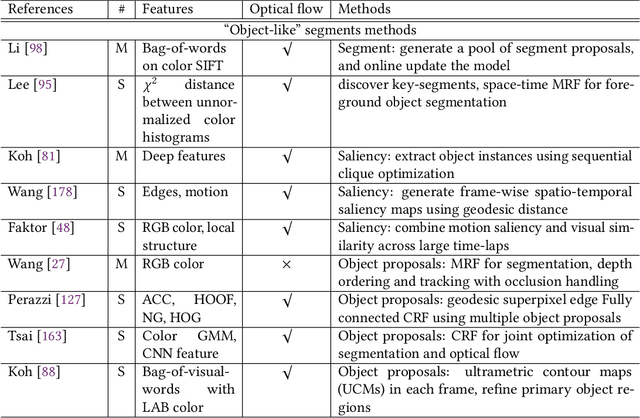

Abstract:Object segmentation and object tracking are fundamental research area in the computer vision community. These two topics are diffcult to handle some common challenges, such as occlusion, deformation, motion blur, and scale variation. The former contains heterogeneous object, interacting object, edge ambiguity, and shape complexity. And the latter suffers from difficulties in handling fast motion, out-of-view, and real-time processing. Combining the two problems of video object segmentation and tracking (VOST) can overcome their respective difficulties and improve their performance. VOST can be widely applied to many practical applications such as video summarization, high definition video compression, human computer interaction, and autonomous vehicles. This article aims to provide a comprehensive review of the state-of-the-art tracking methods, and classify these methods into different categories, and identify new trends. First, we provide a hierarchical categorization existing approaches, including unsupervised VOS, semi-supervised VOS, interactive VOS, weakly supervised VOS, and segmentation-based tracking methods. Second, we provide a detailed discussion and overview of the technical characteristics of the different methods. Third, we summarize the characteristics of the related video dataset, and provide a variety of evaluation metrics. Finally, we point out a set of interesting future works and draw our own conclusions.
Optimizing Cost-Sensitive SVM for Imbalanced Data :Connecting Cluster to Classification
Feb 06, 2017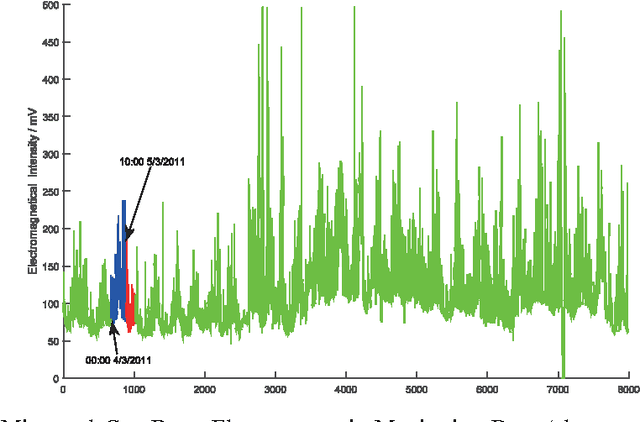

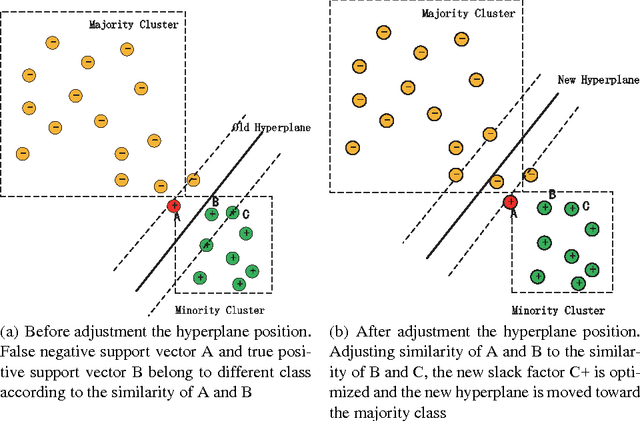
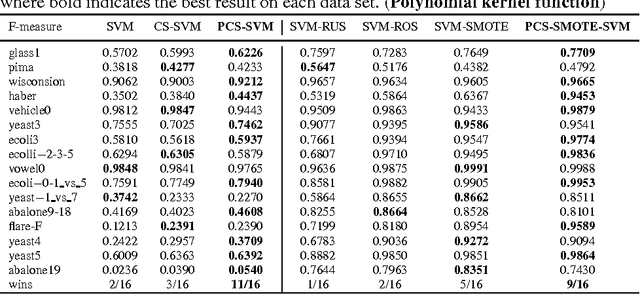
Abstract:Class imbalance is one of the challenging problems for machine learning in many real-world applications, such as coal and gas burst accident monitoring: the burst premonition data is extreme smaller than the normal data, however, which is the highlight we truly focus on. Cost-sensitive adjustment approach is a typical algorithm-level method resisting the data set imbalance. For SVMs classifier, which is modified to incorporate varying penalty parameter(C) for each of considered groups of examples. However, the C value is determined empirically, or is calculated according to the evaluation metric, which need to be computed iteratively and time consuming. This paper presents a novel cost-sensitive SVM method whose penalty parameter C optimized on the basis of cluster probability density function(PDF) and the cluster PDF is estimated only according to similarity matrix and some predefined hyper-parameters. Experimental results on various standard benchmark data sets and real-world data with different ratios of imbalance show that the proposed method is effective in comparison with commonly used cost-sensitive techniques.
 Add to Chrome
Add to Chrome Add to Firefox
Add to Firefox Add to Edge
Add to Edge